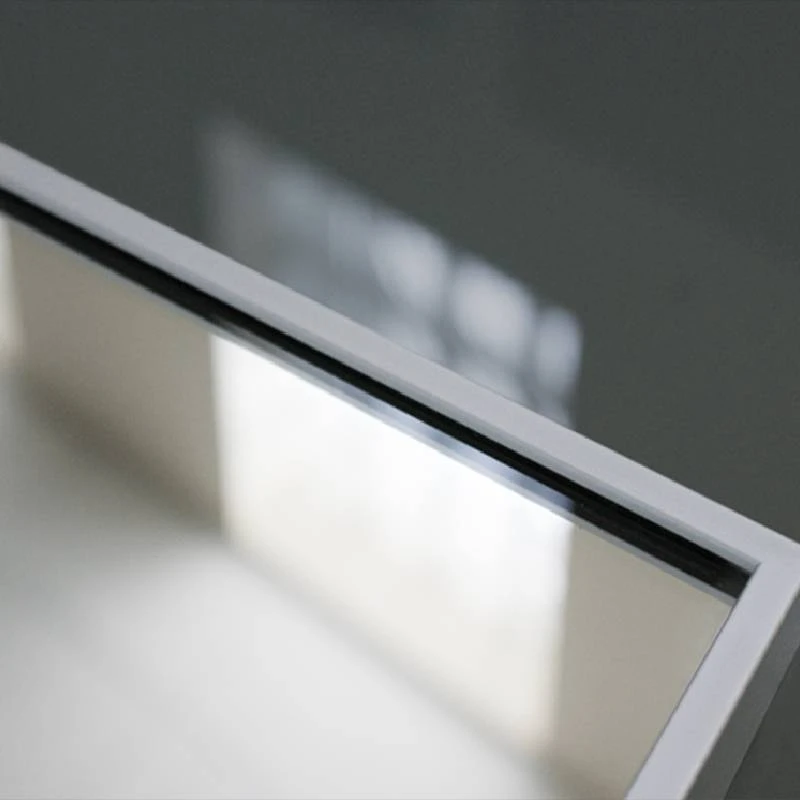

The Rise of Tempered Glass Wall Panels A Modern Revolution in Architecture
In recent years, the architectural and design industries have seen a significant shift towards the use of tempered glass wall panels. These panels have emerged as a versatile and aesthetically pleasing solution for both commercial and residential buildings. While traditional materials have their merits, tempered glass offers unique advantages that make it an appealing choice for modern architecture.
What is Tempered Glass?
Tempered glass, also known as toughened glass, is a type of safety glass that has been processed by controlled thermal treatments to increase its strength compared to standard glass. The manufacturing process involves heating the glass to very high temperatures and then cooling it rapidly. This process creates internal stresses that bolster the glass’s strength and thermal resistance, making it ideal for varying environmental conditions.
Benefits of Tempered Glass Wall Panels
1. Safety and Durability One of the standout features of tempered glass is its safety profile. When broken, it shatters into small, blunt pieces rather than sharp shards, reducing the risk of injury. This makes it an ideal choice for spaces with high foot traffic or for installations at a height. Moreover, its durability means that it can withstand significant impact and stress, making it suitable for both exterior and interior applications.
2. Aesthetic Appeal Tempered glass wall panels are renowned for their sleek and modern appearance. They allow natural light to cascade into spaces, creating an open and airy atmosphere. The transparency of glass can enhance the visual appeal of a structure, allowing for unobstructed views of the outdoors while still providing a sense of enclosure. Designers and architects often opt for glass to create a contemporary aesthetic that complements other materials like wood and metal.
3. Energy Efficiency Advanced tempered glass technologies have contributed to energy-efficient building designs. Modern tempered glass can be treated with low-emissivity (Low-E) coatings that help regulate solar heat gain. This leads to reduced reliance on artificial lighting and heating, fostering a more sustainable approach to building design. As energy costs continue to rise, energy-efficient solutions such as tempered glass panels are becoming increasingly appealing to architects and homeowners alike.

4. Versatility Tempered glass wall panels can be tailored to suit a variety of design preferences and functional needs. They are available in various thicknesses, finishes, and colors, allowing for customization that fits seamlessly into any environment. Whether used in office spaces, residential homes, or retail establishments, tempered glass offers flexibility in design that traditional materials often cannot match.
5. Low Maintenance Unlike materials that require regular upkeep, tempered glass is relatively easy to maintain. Its smooth surface makes it resistant to dirt and grime, and a simple wipe-down is often all that is needed to keep it looking pristine. This ease of maintenance is particularly attractive to commercial property owners who may not have the time or resources to devote to upkeep.
Applications in Modern Architecture
Tempered glass wall panels have found applications in various sectors, from skyscrapers to boutique hotels, and even in residential settings. In office buildings, glass walls can foster collaboration and openness while providing sound insulation. In homes, they can integrate indoor and outdoor spaces, blurring the lines between the two. In retail, they create inviting storefronts that entice customers to enter.
Moreover, as urban areas continue to densify, the demand for natural light in interior spaces has skyrocketed. Using tempered glass panels in building design can help satisfy this demand while also enhancing the overall aesthetic of a structure.
Conclusion
The integration of tempered glass wall panels into modern architecture represents a convergence of safety, beauty, and functionality. With their numerous advantages and applications, it’s clear that tempered glass will continue to play an essential role in the evolution of architectural design. As technology advances and the construction industry leans more towards sustainable practices, the popularity of tempered glass will likely keep rising, ensuring that this remarkable material will shape the future of our built environment.